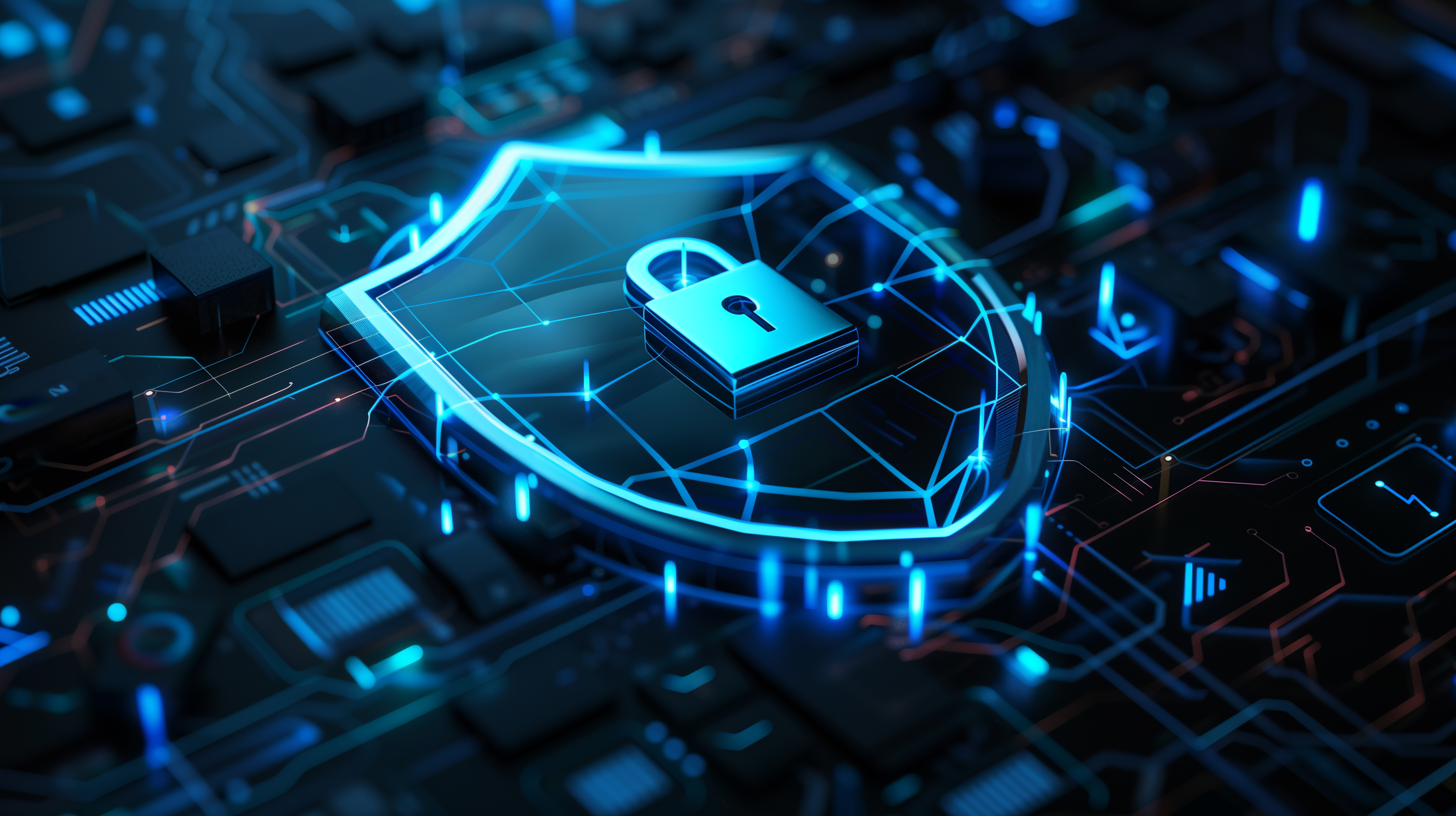Cybersecurity in the Age of AI: Challenges, Opportunities, and the Way Forward
As digital transformation accelerates across industries, cybersecurity has emerged as one of the most critical concerns of the modern era. With businesses moving operations to the cloud, deploying connected devices, and embracing remote work, the attack surface is expanding—and so is the sophistication of cyber threats.
In this evolving landscape, Artificial Intelligence (AI) is playing a dual role: it's both a powerful defense tool and a potential threat in the hands of cybercriminals. As we navigate this new era, organizations must rethink their cybersecurity strategies to stay protected and resilient.
In this blog, we’ll explore how AI is reshaping cybersecurity—both as a weapon and a shield—and what businesses can do to prepare for the future.
The Growing Complexity of Cyber Threats
Traditional cybersecurity tools rely heavily on rule-based systems, manual monitoring, and reactive approaches. However, modern threats are dynamic, fast-moving, and increasingly automated. Cybercriminals are now using AI to:
- Launch sophisticated phishing attacks
- Create deepfakes and social engineering schemes
- Automate malware distribution
- Evade traditional detection systems
The rise of AI-powered threats means that legacy systems are no longer sufficient to ensure protection. To counter this, businesses must deploy equally intelligent defense systems.
How AI is Revolutionizing Cybersecurity
AI has the potential to radically transform how organizations detect, respond to, and prevent cyber threats. Here’s how:
1. Real-Time Threat Detection and Response
AI-powered systems can analyze vast volumes of data in real time to identify abnormal behavior or potential threats. Unlike traditional tools that rely on static rules, AI adapts and learns over time.
🔹 Benefits:
- Early detection of unknown threats (zero-day attacks)
- Real-time alerting and automated response
- Reduced false positives in threat detection
This real-time capability allows organizations to react before damage is done, rather than after the fact.
2. Behavioral Analytics and Anomaly Detection
Machine learning models can create behavioral baselines for users, devices, and applications. When deviations occur—such as a user accessing sensitive data at odd hours or a device suddenly communicating with a suspicious IP—AI flags it as a potential threat.
🔹 Use Cases:
- Insider threat detection
- Account compromise prevention
- Unusual login or access behavior monitoring
This proactive approach helps identify threats that traditional firewalls or antivirus software might miss.
3. AI-Driven Incident Response
AI doesn’t just detect threats—it can also guide and automate the response. Intelligent systems can isolate affected devices, shut down compromised accounts, or block suspicious traffic without human intervention.
🔹 Key Outcomes:
- Faster mitigation of attacks
- Reduced downtime and impact
- More efficient use of security teams
As response times shrink, the damage caused by breaches can be significantly minimized.
4. Threat Intelligence and Pattern Recognition
AI can collect and analyze data from various sources—dark web forums, malware signatures, attack vectors—to identify emerging threats. This continuous learning keeps organizations one step ahead.
🔹 Capabilities include:
- Identifying new malware strains
- Predicting attack trends
- Mapping threat actor behavior
By integrating AI into threat intelligence platforms, organizations gain a holistic view of their security landscape.
5. Securing the Internet of Things (IoT)
With billions of connected devices in homes, offices, factories, and healthcare facilities, the IoT introduces new vulnerabilities. AI helps secure these endpoints by monitoring network traffic, identifying unusual patterns, and enforcing dynamic security policies.
🔹 Examples:
- Detecting hacked IoT cameras or smart sensors
- Isolating compromised devices
- Preventing unauthorized access to internal systems
As IoT adoption grows, AI will be crucial in maintaining device-level security.
The Dark Side: When AI Is Used by Hackers
While AI is a powerful defense tool, it can also be exploited by cybercriminals. Attackers are now using AI for:
- Phishing automation: AI can generate convincing fake emails using NLP
- Deepfakes: Audio and video impersonation of executives for fraud
- Password cracking: ML algorithms to guess login credentials
- Automated reconnaissance: Scanning systems and identifying weaknesses faster than ever
This “AI vs. AI” dynamic marks the beginning of a new cybersecurity arms race.
Addressing the Challenges
As AI becomes more embedded in cybersecurity strategies, several challenges must be addressed:
- Bias in algorithms: AI systems trained on incomplete or skewed data may overlook certain threats or generate false alarms.
- Data privacy: AI models need vast data to function—raising concerns about how that data is collected and protected.
- Explainability: Security teams must understand how AI reaches conclusions to ensure trust and accountability.
- Skill gaps: Organizations need trained professionals who can manage, train, and interpret AI systems.
Solving these challenges requires a careful balance of technology, policy, and human expertise.
The Way Forward: AI + Human Intelligence
AI isn’t here to replace human cybersecurity experts—it’s here to amplify their capabilities. The future of cybersecurity lies in a hybrid model, where human intuition and decision-making are augmented by AI-driven speed and precision.
To stay secure in the AI era, businesses must:
- Adopt intelligent cybersecurity platforms
- Regularly train employees on evolving threats
- Invest in AI governance and ethical practices
- Partner with experts who understand both cybersecurity and AI deeply
Partnering with Atvantiq for AI-Powered Cybersecurity
At Atvantiq, we help businesses stay resilient in the face of modern threats with AI-enhanced cybersecurity solutions. Our services combine advanced machine learning models with expert-led risk assessments to offer comprehensive protection across networks, devices, and data.
From real-time threat detection to automated incident response, we deliver intelligent security strategies tailored to your business environment.
In the age of AI-driven threats, your best defense is intelligent, adaptive, and future-ready cybersecurity—and Atvantiq is your trusted partner in that journey.
Explore our AI-powered CyberShield™ solutions or connect with us today to assess your organization’s cyber readiness.
